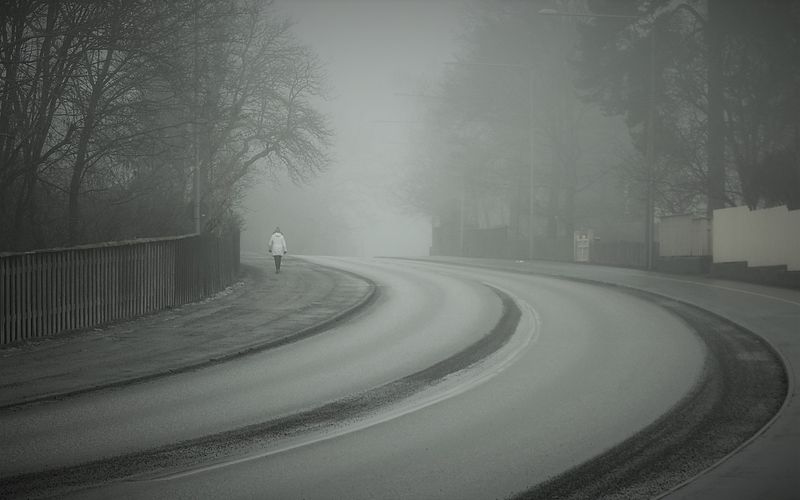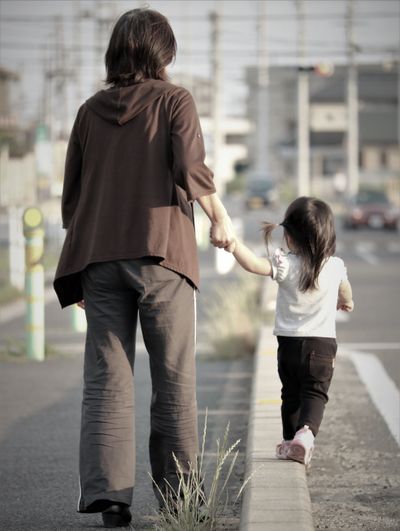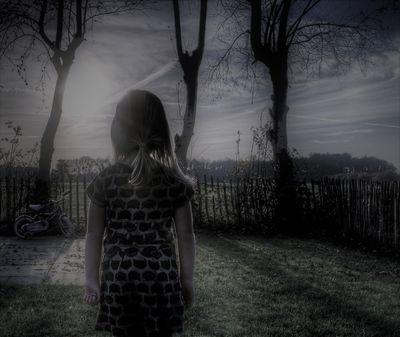The Violent Epidemic in Canada
It seems strange to believe that there is an epidemic going on at any time, but it is a harsh reality for the Indigenous people of Canada. It is not related to ongoing health issues inside and outside of reserves, though that does exist as well. There are many issues that plague Indigenous people that the federal, provincial, and territorial governments turn a blind eye to. One of those issues is the missing and murdered Indigenous Women. Indigenous women and girls in Canada face greater risks of violence and homicide.
The Highway of Tears
A highway in Canada, one that is well known, not for anything positive but rather for being the last known location of numerous missing and murdered Indigenous women and girls. It is a 725-kilometre corridor of Highway 16 between Prince George and Prince Rupert, British Columbia, Canada where many of the Indigenous women have been reported missing or the bodies of some have been found. It is written on Wikipedia that this began in 1970 and the victim’s number around 80+. That is believed to be an exceptionally low number compared to the real one, these women and girls have been murdered and have gone missing long before 1970. The highway of tears even portrays a billboard that warns people not to hitchhike because it is the location of violence. Not much else seems to be done on this highway to prevent or lower the rates of violence.
Incomplete and Varying Data Numbers
“The Native Women’s Association of Canada (NWAC) created a database tracking these cases in 2005, and its 2010 report was the first to put a number to the missing and murdered—582. As part of her 2013 doctoral thesis, Dr. Maryanne Pearce created a database that identified 824 missing or murdered Indigenous women between 1946 and 2013. That number grew to almost 1,200 between 1980 and 2012 with the RCMP’s 2014 National Overview.”
The way police services identify who is Indigenous, or who is murdered and missing, is not the same across Canada. “Because of difficulties with the data behind the statistics, definitions and identification, and errors in reporting, the real number of missing and murdered Indigenous women and girls is likely much higher.”
Even with the varying statistics across Canada concerning missing and murdered Indigenous women, it is even more horrifying that Indigenous women and girls make up only 4% percent of the female population in Canada.
Canada’s Part in Bad History
The history of violence against Indigenous women can literally be traced back to the arrival of Europeans and Christopher Columbus, who treated Native peoples as a problem to be extinguished, and who engaged in the murder, sex trade, and rape of Indigenous men and women. Columbus’s crew began a history of treating Indigenous women with violence. The number of missing Indigenous women is reported to be approximately 1,200 since 1980, but advocates say the number could be much higher. Some cases have been closed with the cause being murdered. Others are resolved and are stated to be not caused by foul play. The families of those victims do not accept that deduction. Very few of these 1200 plus cases have been resolved at all, or even investigated with any diligence.
The cases of murdered and missing indigenous women are often overlooked due to pre-existing bias in the dominant western society that sees these women as products of their upbringings. The belief that they are misfits, delinquents, and prostitutes dominate the mind of investigators. A significant lack of effort is put into investigations as a result. Statistics are rather diverse from government websites to studies into the subject and personal stories. There is also the fact that statistics are not necessarily updated from year to year. Some of these statistics are a decade old, but there is a general belief that the numbers only worsen for Indigenous women.
The violence in Canada extends beyond missing and murdered:
• Indigenous women are physically assaulted, sexually assaulted, or robbed almost three times as often as non-Indigenous women. While there are numerous risk factors for non-Indigenous women, Indigenous women still experience more violent victimization. Simply being Indigenous and female is a risk.
• Indigenous women experience intimate partner violence more frequently, and more severely, than non-Indigenous women. More often (52% versus 31%) Indigenous women in these situations fear for their lives.
• Indigenous women are roughly seven times more likely than non-Indigenous women to be murdered by serial killers.
• Indigenous women continue to be vastly overrepresented in prison; in Manitoba alone, they make up 86% of women admitted to prison in 2014/2015, but only 14% of the general female population.
• While Statistics Canada does not have data on Indigenous LGBTQ2S women, girls, or non-binary people, it did report that people who identified as lesbian, gay, or bisexual are violently victimized nearly five times as often as people who identified as heterosexual.
• According to the 2008/10 First Nations Regional Health Survey, 17.3% of on-reserve First Nations girls in Canada (aged 12–14) had thoughts of suicide at some point in their life. By ages 15–17, that number rose to 27%, and 9.1% had made suicide attempts. The completion rate for suicide among Indigenous teens in Canada is four to five times higher than for non-Indigenous youth.
Ongoing National Epidemic
There is no doubt that the loss of Indigenous women and girls to all forms of violence is a national tragedy. Creating exposure to all the causes of violence, murders, and disappearances is a daunting task. But it is a necessary one. There are hard truths about the devastating impacts of colonization, racism, and sexism; aspects of Canada that many Canadians are unable, uneducated about, and reluctant to accept.
This type of violence has occurred since the start of Europeans arriving in the Americas, and even more so since colonization. Indigenous women and girls have been publicly devalued or ignored. People’s general perceptions have been shaped by negative and harmful colonial stereotypes. It does not matter how these women found themselves in such horrible situations, or how they died, each and every single woman deserves to be viewed as a human being who met an awful end to their life. They deserve to be found, to be honoured, to have the truth of their demise known, and for the perpetrator to be known and punished. There is an impact created by pre-existing racism which sees that the main federal and police services do not see the epidemic of missing and murdered women in Canada as what it is. An epidemic.
An Honor to the Truth
There has been a long history of voices calling for its creation and raising awareness of the issue of violence against Indigenous women. Activists organized marches, vigils, and public awareness events, and used art, mass media, and social media to draw national and international attention to the issue.
Trauma is created for everyone connected to these cases, from survivors to the families of every single victim, which could be a survivor of missing and murdered victims or more commonly, a victim of unknown fate. The communities of the victims are also heavily affected.
The issues facing Indigenous women and girls are complex and systemic. People are concerned about how to address issues linked to cultural genocide, residential schools, and the Sixties Scoop, each with intergenerational impacts, without feeding harmful stereotypes or causing further harm. Families and survivors want answers, closure, and healing.
The truth needs to be found. Not every victim can be found, which is a sad but known fact but it is believed that the truth about the fates of these women can be found and that the lives and spirits of these women can be honoured.
If you have any information about any RCMP case or investigation on missing and murdered Indigenous women:
- please contact your local RCMP detachment directly
- call Crime Stoppers at 1-800-222-8477 (TIPS)






